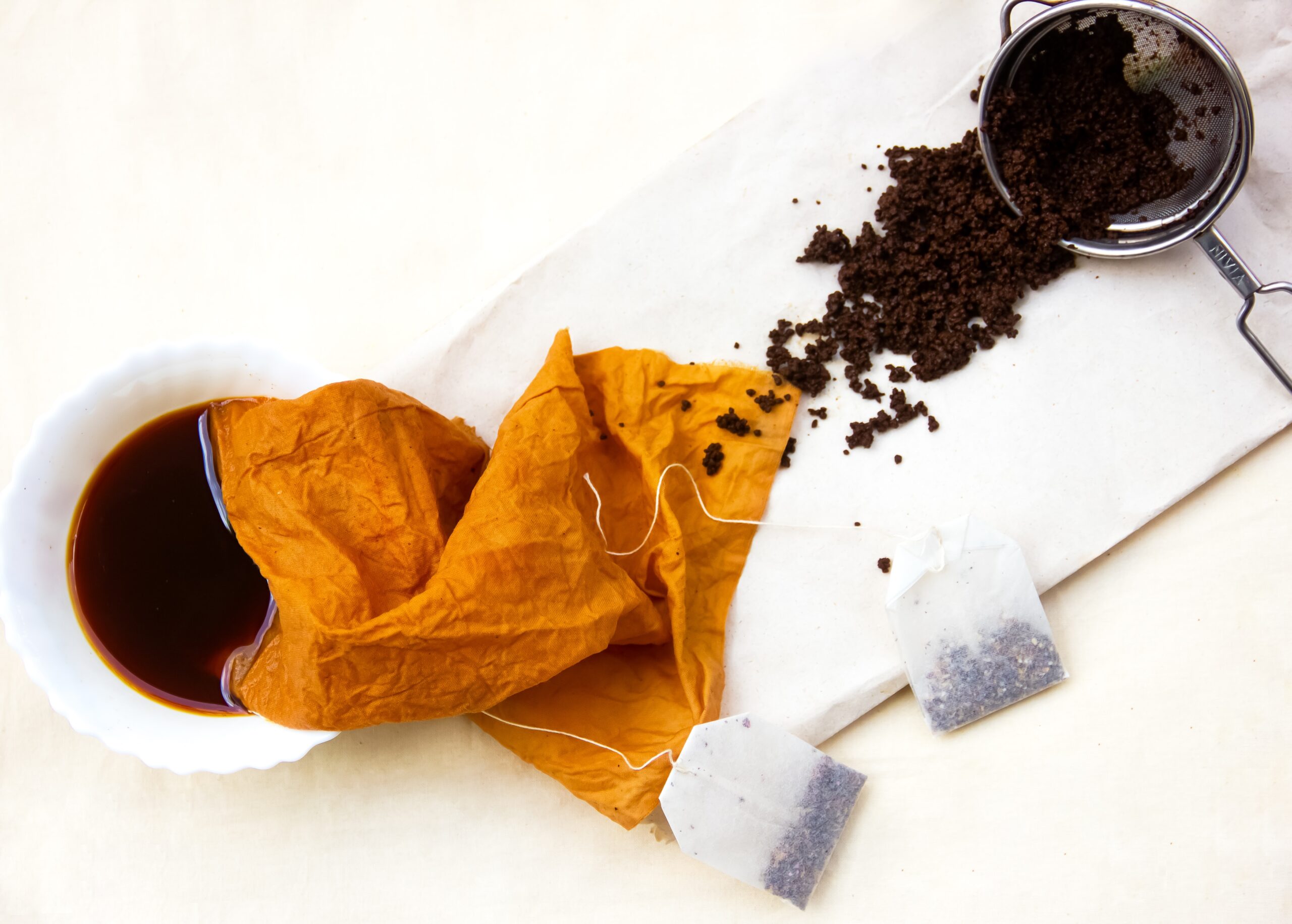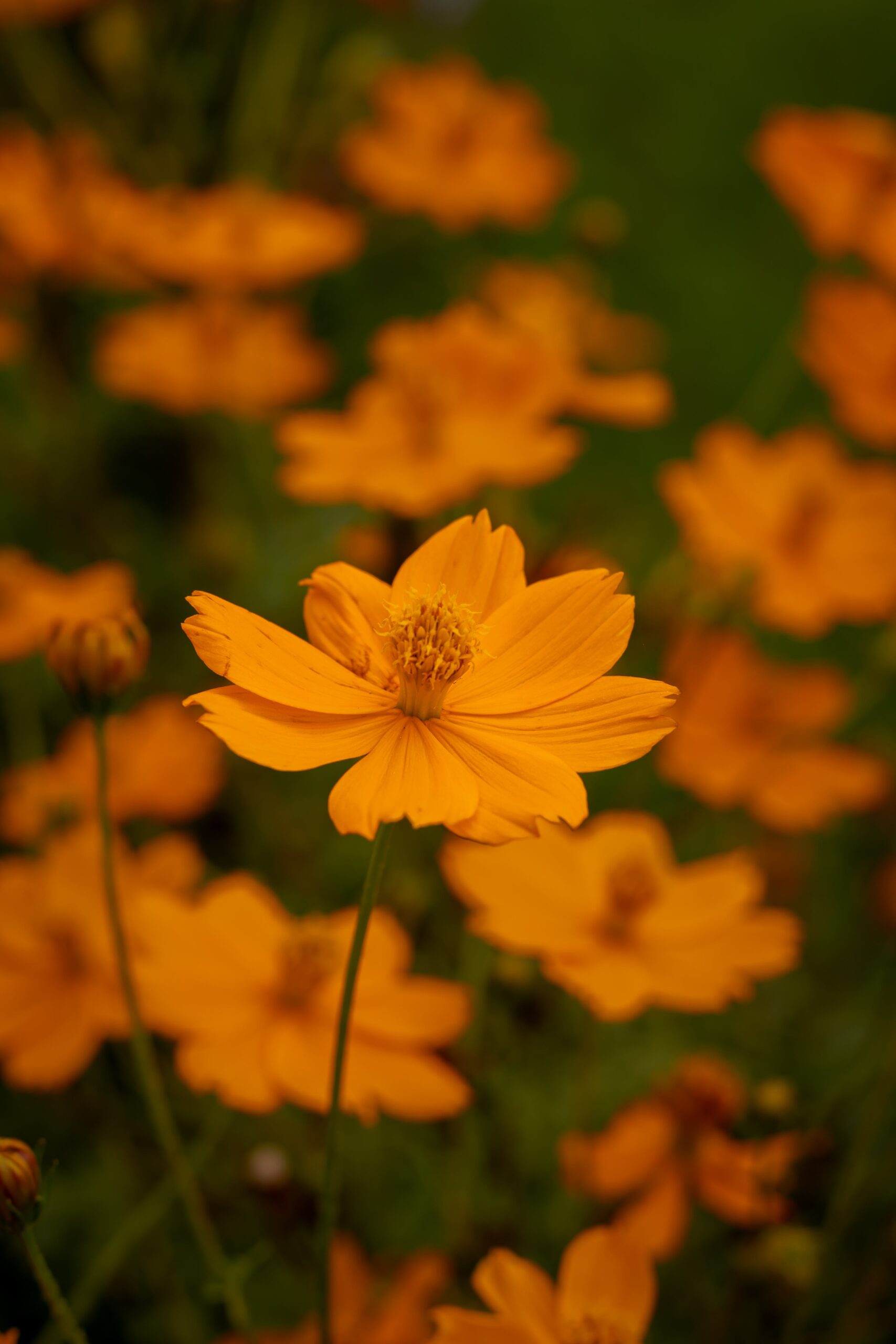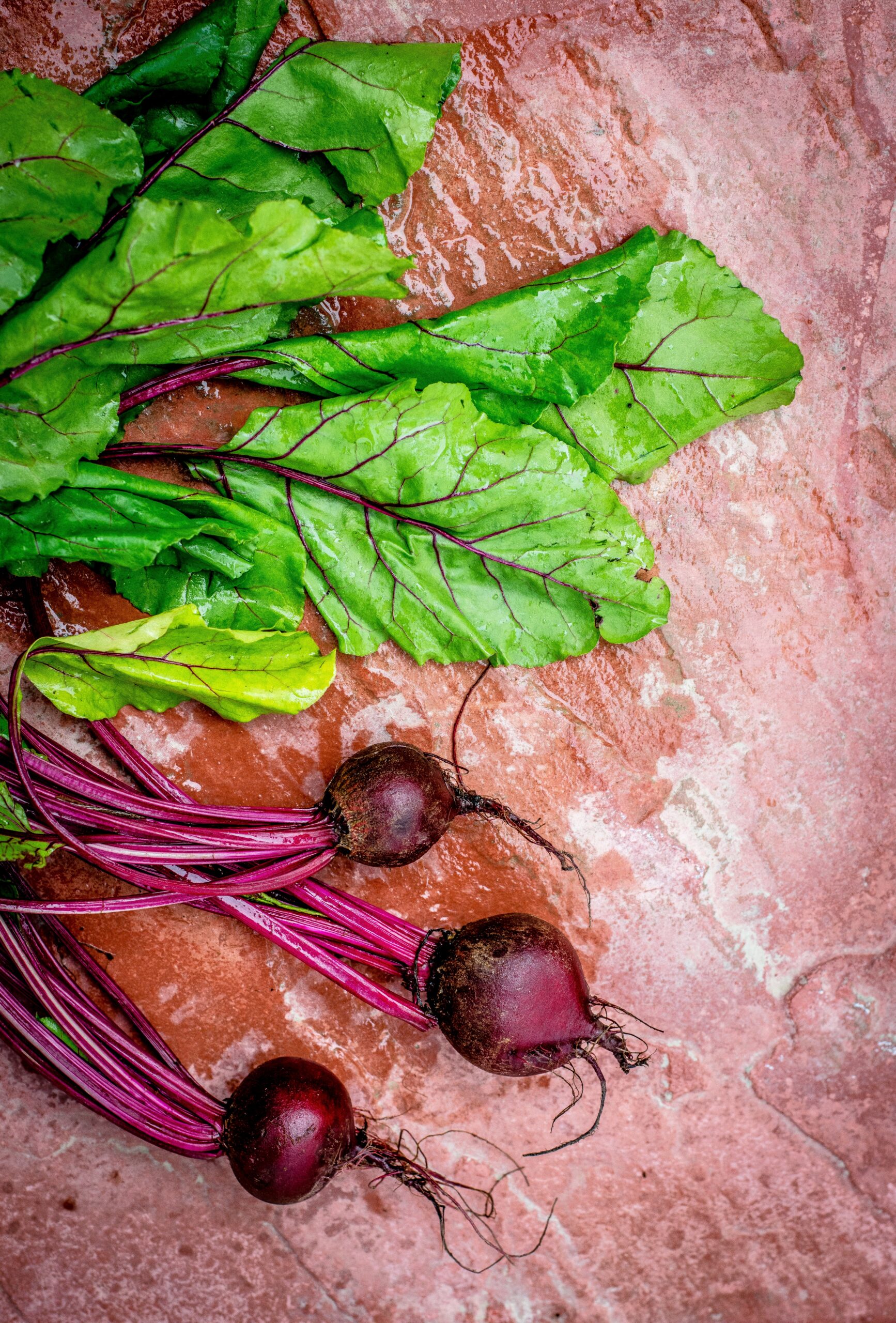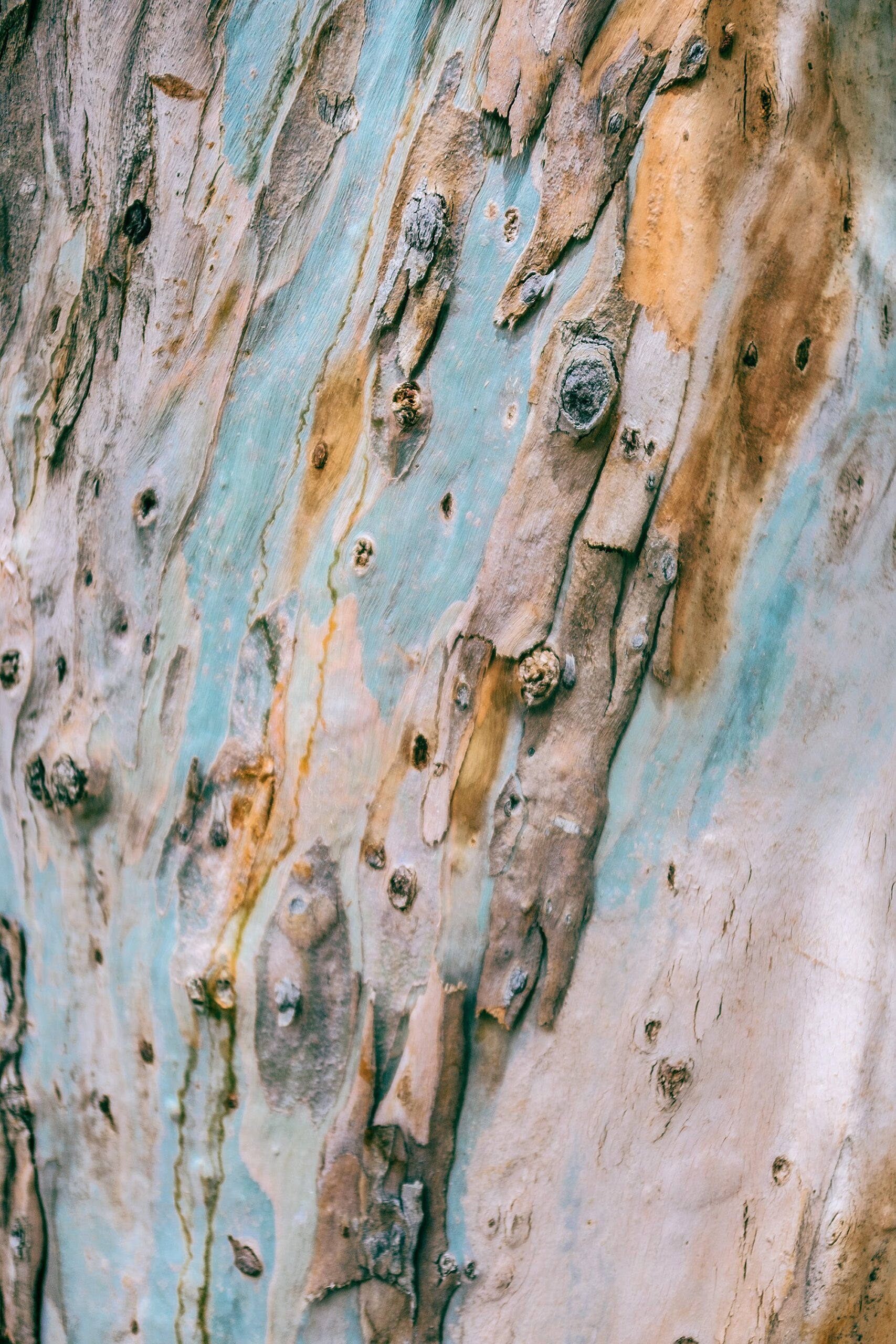Welcome to the World of Natural Dyeing
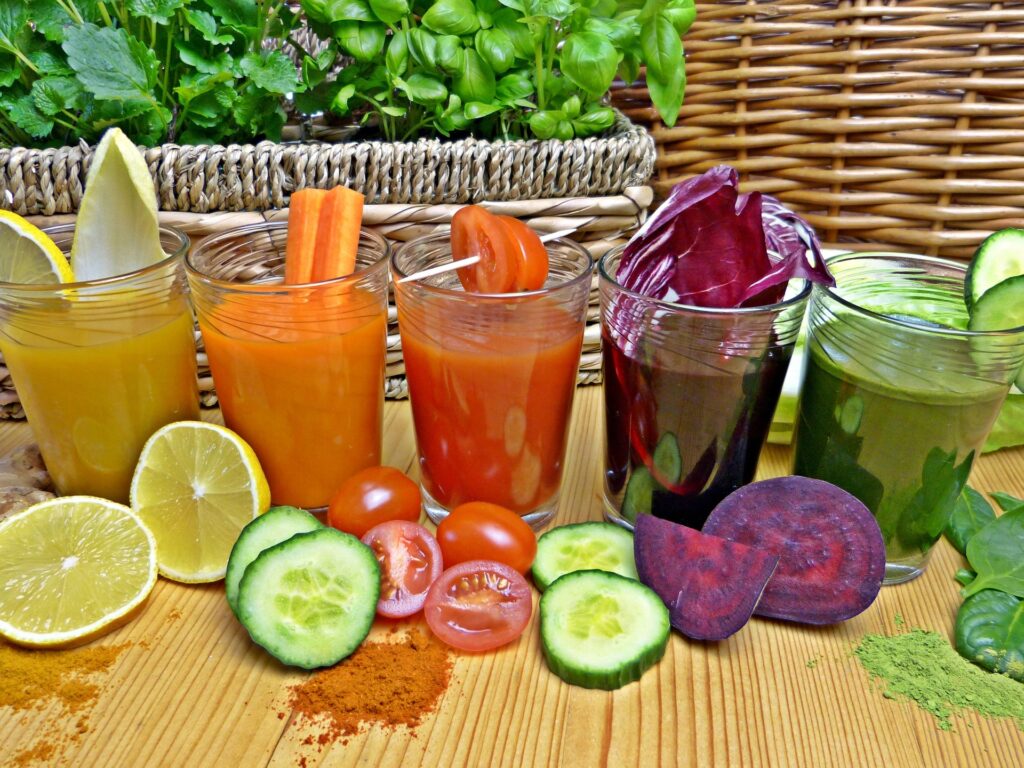
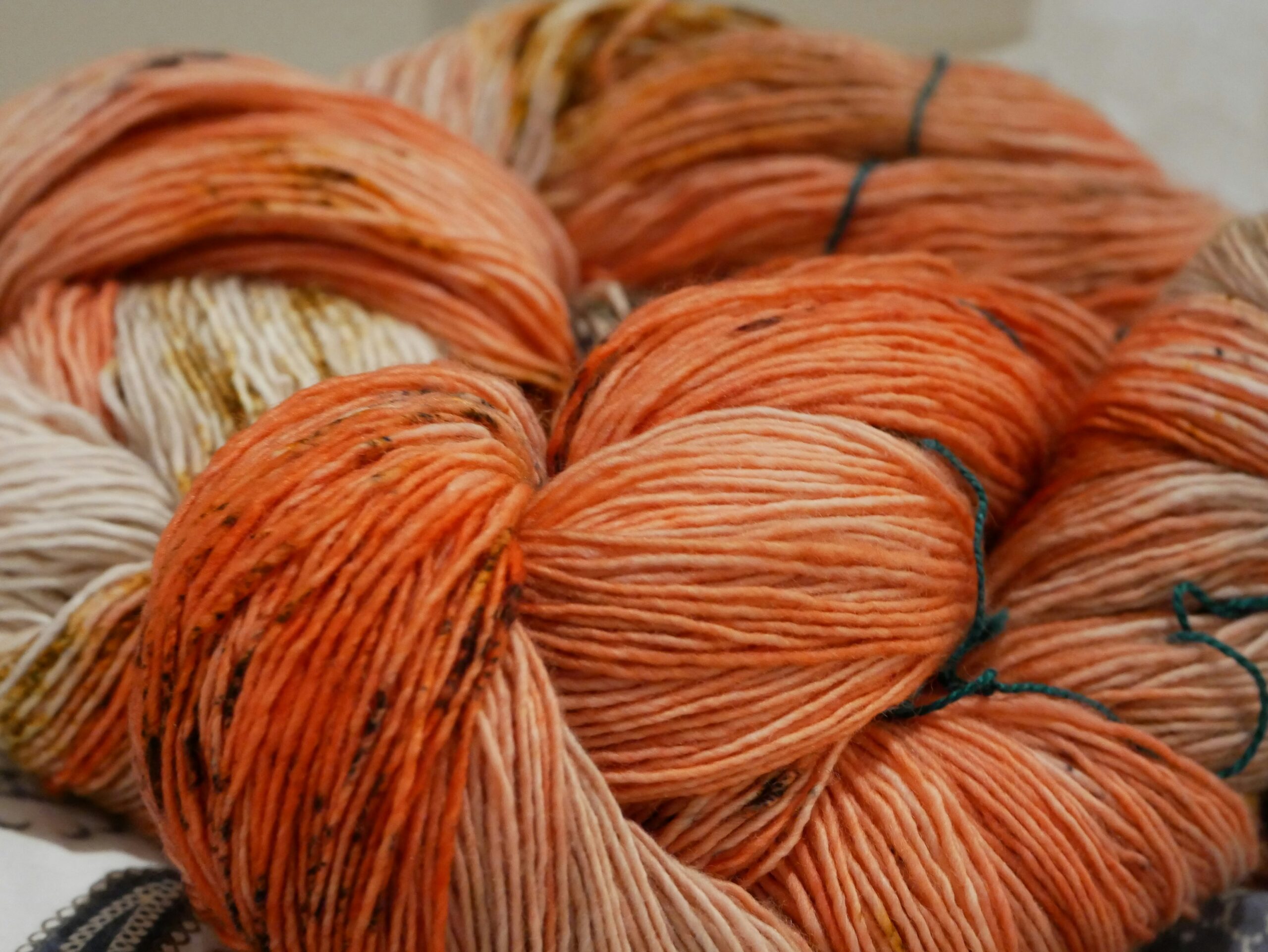
Natureʼs Colour Magic
Welcome to the vibrant world of natural dyeing! This blog is your go-to guide for breathing life into your crafts by experimenting with natural dyeing.
Throughout these pages we will look at the many different types of fibres that can be dyed. From wool, to fabric and threads. So if you adore embroidery, weaving, knitting, spinning, crochet, or fancy felting, join us to add a splash of eco-friendly colour to your creations.
We will also be looking at the different ways you can prepare your fibres which will help to achieve wonderfully different colours from the same dye material.
And of course there is the dye material itself. Come along a journey exploring the many different things that can be used in the natural dye process. Find ways and ideas to help you find source material in whatever environment and country that you live in.
Remember while floating through this site, that everything here is an experiment. There is no right or wrong way of doing things. All the information here is offered as an encouragement for you to start experimenting with natural dyeing within your own environment. The blogs will show both the successes and failures, to help you find the ways and tools that work for you.
Above all enjoy the beauty, surprises and joy, that you will experience, as you go down this colourful path of discovery. Let’s make art that’s kind to our planet! 🌿🎨

Experimenting with Natural Dyeing
A variety of different methods and processes.
Many of the posts in this blog are experiments that I have done at home. There is normally a set path that they follow, which will also make it easier for you to follow along. There are many differrent ways that natural dyeing can be done, and many different processes that can acheive good results. In fact you may find several different posts on the same dye stuff as I play with different methods and combinations.
The natural dyeing experiments predominantly deal with solar dying although we will also play with other methods further down the track. With the issues our world is experiencing at the moment, it only seems right to start any new projects off with as little environmental impact as possible. Living in Australia does also give me the benefit of warm weather and it only seems right to take advantage of that.
As we move towards the winter months, some other form of heating may be required. There may be times that I leave dye stuffs longer due to the weather or may be even shorter due to the heat. These are all things that you will need to consider as you go along your own journey. If you come from a colder climate you may want to keep your dyestuff in longer, or maybe add some other form of heat to help the processes along the way. All of the information in these posts, are only a guideline for you to adjust and play with, in your own experiments with natural dyeing.
Types of Fibre
I am starting most of my experiments with wool roving as this is one of the easier fibres to dye with. After these initial results, I will then move on to other fibre sources. This is just the way I am walking down the path. You may not want or need wool in your own art. If this is the case, pick a fibre that is useful to you…something that will keep you excited and encouraged in your own path. Move on to the blogs that relate to the fibres you want to play with.
Results
Each experiment has 4 main sections. Fibre preparation, the dyeing process, wash test and sun test. As I am starting with wool roving, I have decided to wet felt the roving for the tests. The wet felting process uses a lot of water and soap, so by the time I have finished making the piece of felt , the dye has definitely been washed tested. I then place a small section of the felt, on a sunny window sill for 4 weeks to test if it will fade. The fibre fading during either of these tests, does not mean that the dyestuff has failed.
All natural dyes are subject to fading over time. Knowing how much it will fade in the sun or by wash, allows you to know what you can use the dyestuff for. For example, if the dye stuff washes out easily, than use it for dry felting a sculpture, or for embroidery thread that will used on something that does not need washing. The same goes for the sun test. The testing tells you which dyestuffs are useful for different projects.
Remember above all to have fun!! Because this is an organic process that is meant to enhance your life and art work. Every growing season is different, with different rain levels, different heat and different sources of compost. This means that every flower , veggie or tree has its own unique chemical make up. Every time you dye you will get slightly different results and a new enthusiasm for what you could do with that particular colour.
Posts
You can find natural dye material anywhere around you. In fact once you start, you will never be able to stop. There will always be that question wherever you look, “oh I wonder what colour I could get out of that?”. We have separated the natural dye materials used in this website into the 4 categories below. Some of these categories may overlap, so have a good dig around and then come up with a few experiments of your own!
Latest Posts
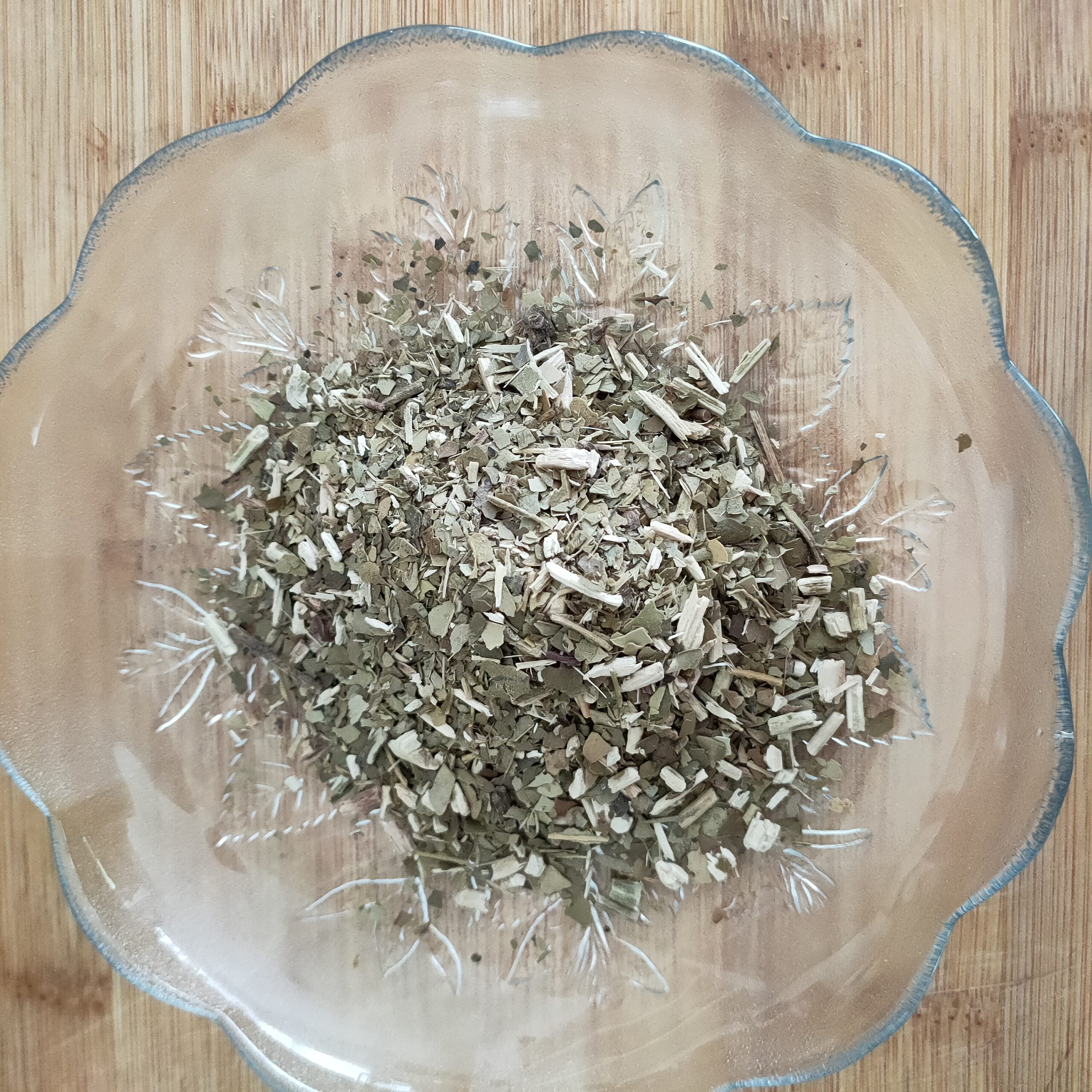
from the kitchen
Dyeing with Yerba Mate
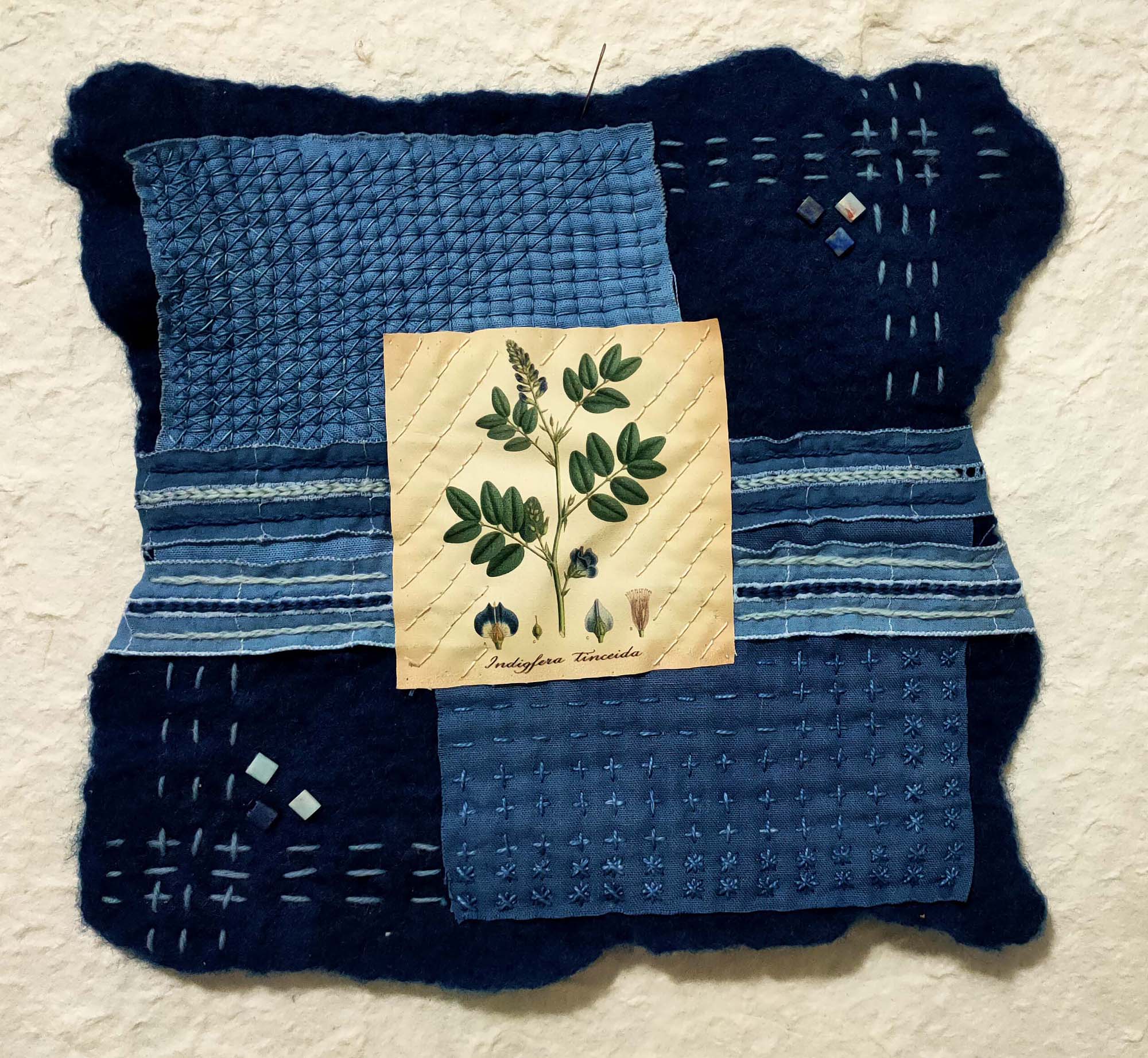
Extra Bits
Slow Stitching with Indigo
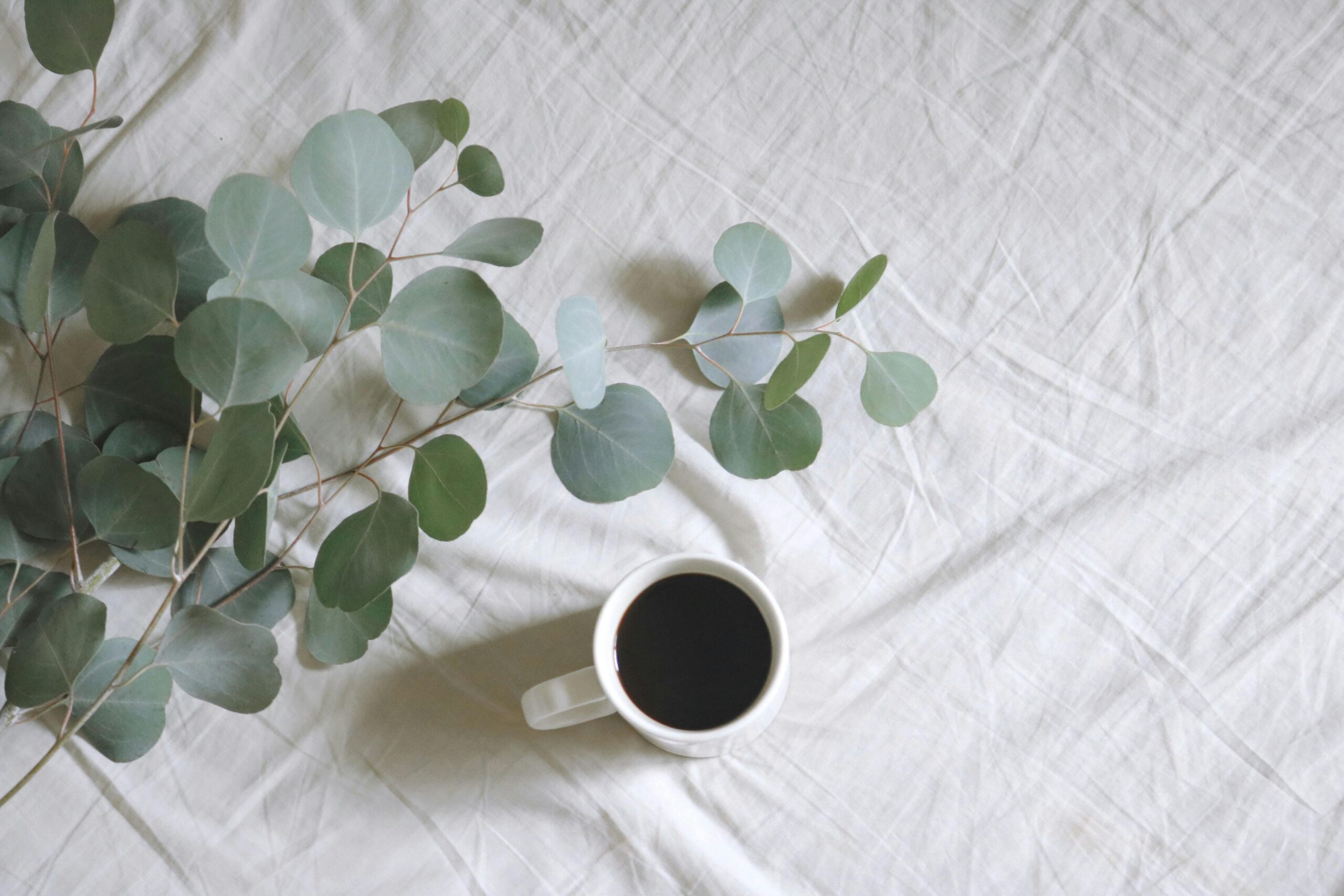
From the world around
Getting Orange with Eucalyptus
Join us on Instagram www.instagram.com/DyetoCraft
Etsy Shop Now open
If you like the idea of using organic naturally dyed threads in your craft but just don’t have the time, come and have a look at our Etsy Shop where you will find an array of beautiful colours provided by nature.

